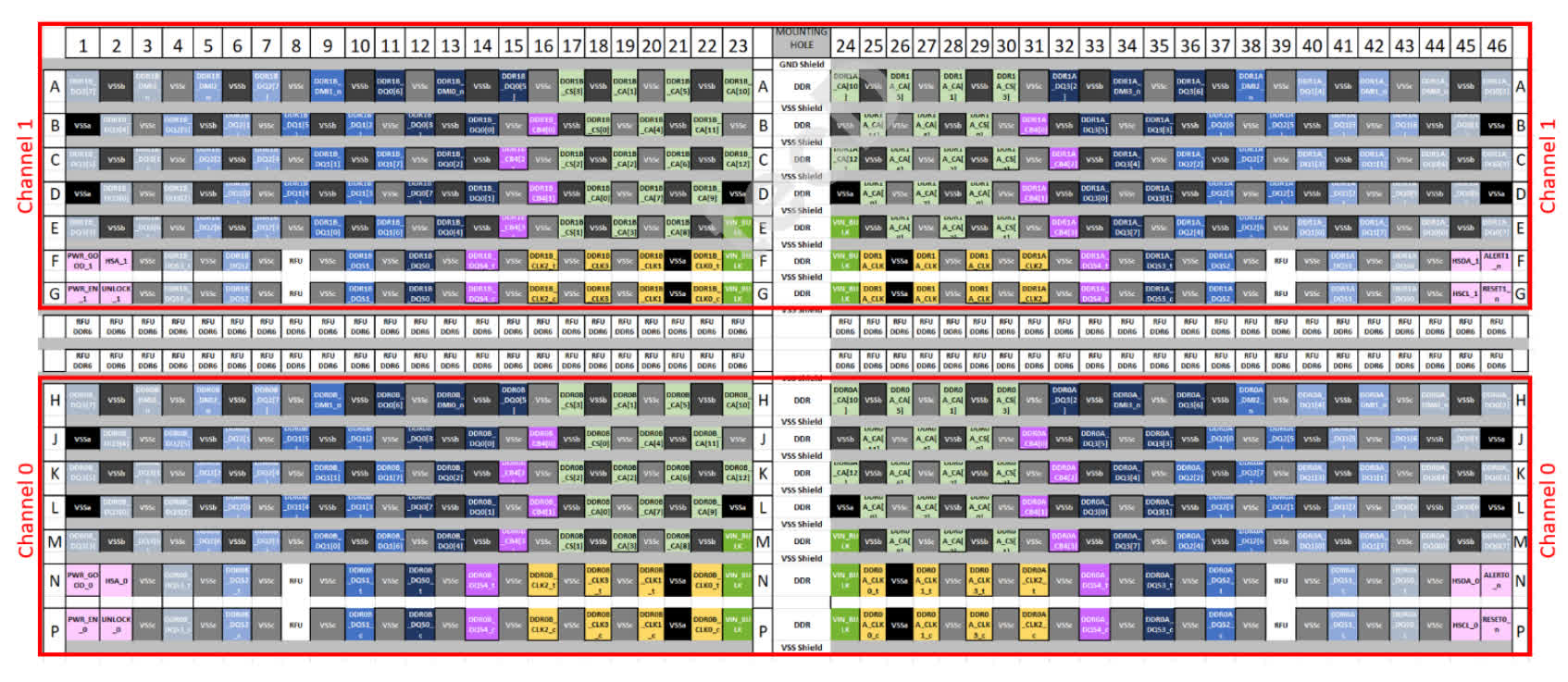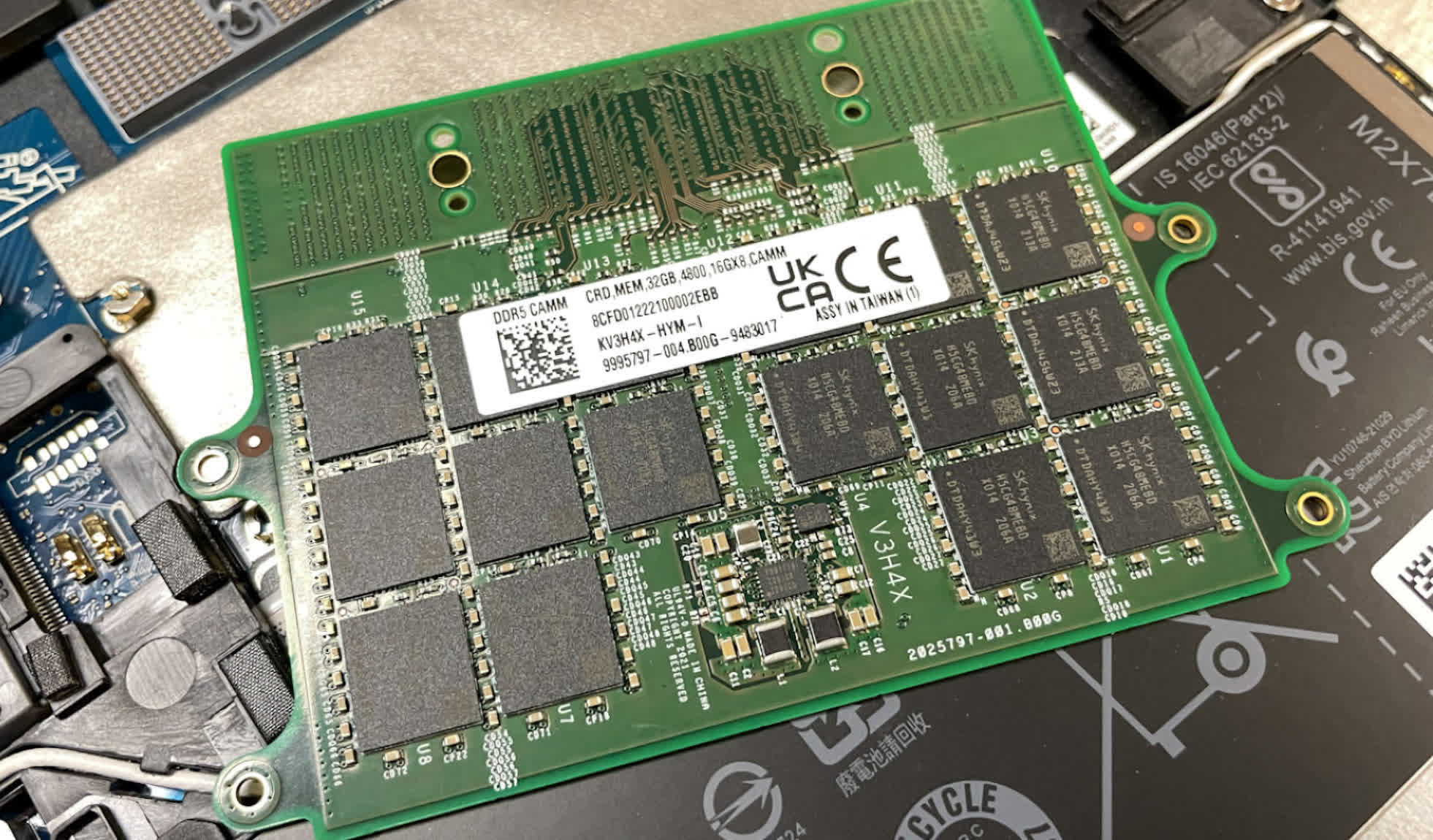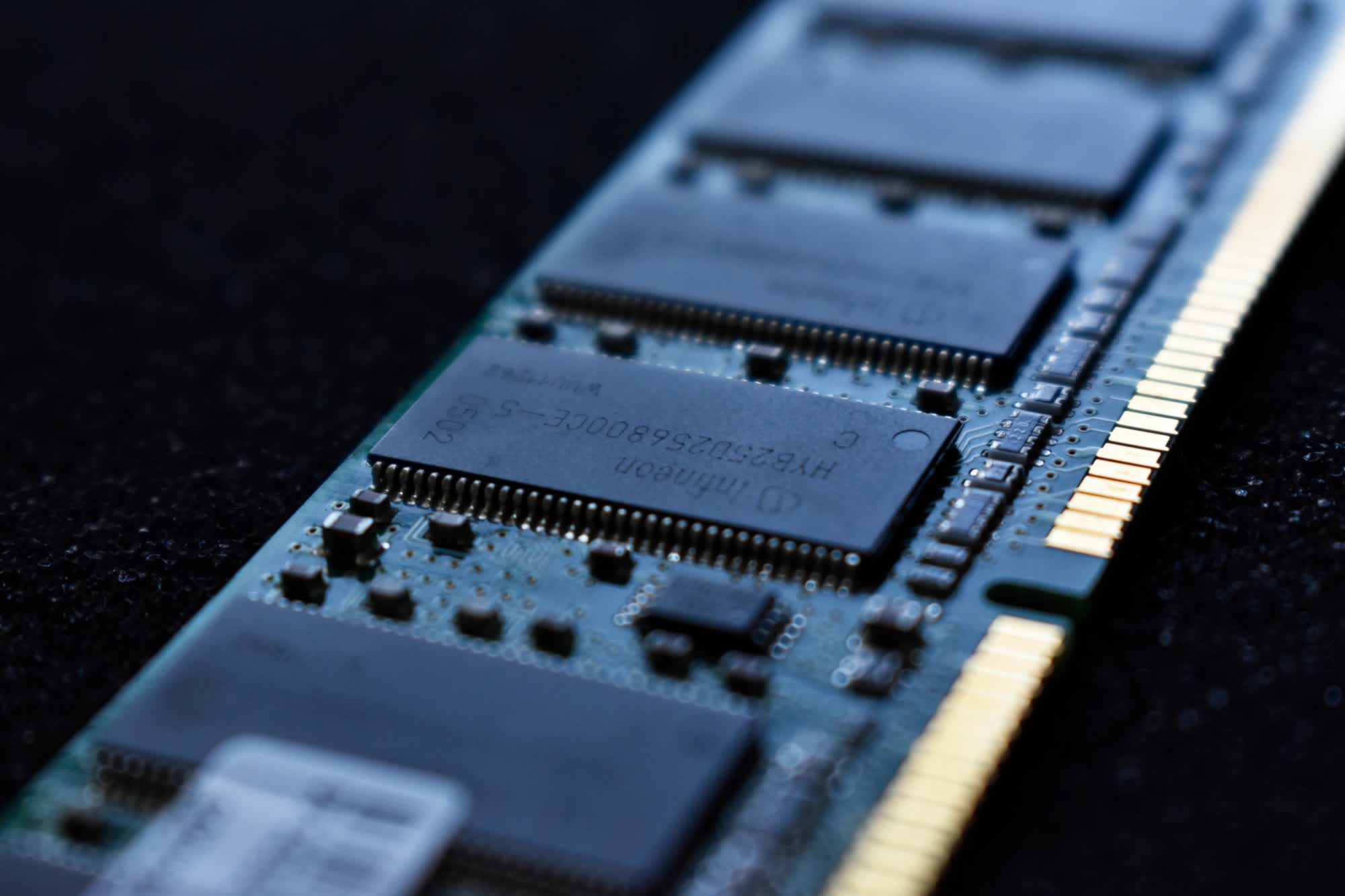What just happened? JEDEC, the trade organization and standardization body that oversees memory standards in the computer industry, has finally adopted a new memory standard. The newly published standard, called CAMM2 (JESD318), applies to both DDR5 SDRAM for use in desktops and laptops as well as LPDDR5/5X SDRAM. The standard defines a common connector design for CAMM2, although the pinout for DDR5 and LPDDR5/X is different to prevent improper use.
CAMM, which stands for Compression Attached Memory Module, was created by Tom Schnell and introduced by Dell in its Precision 7670 workstation laptop in 2022. Dell's design reduced the physical distance between the memory and the CPU, and the memory and connection plate was also much thinner.
The proprietary tech didn't have much of a future but that has all changed now that it is serving as the basis for the new JEDEC standard.

The standard also supports stackable CAMMs, which are called dual-channel and single-channel CAMMs. JEDEC explained the tech earlier this year as such:
By splitting the dual-channel CAMM connector lengthwise into two single-channel CAMM connectors, each connector half can elevate the CAMM to a different level. The original CAMM supports two DDR5 memory channels in one connector, while the stackable CAMMs support one DDR5 memory channel per connector.
JEDEC said stackable CAMMs save space in the X and Y directions, and can increase space in the Z direction which can be especially beneficial in notebook applications where space is tight.
Mian Quddus, JEDEC's Board of Directors Chairman, said CAMM2 is designed with future scalability in mind. Schnell, JEDEC's CAMM Task Group Chairman, echoed Quddus' sentiments, adding that CAMM2 will offer designers an extensive range of modular options.
"As technology evolves, memory requirements grow, and JEDEC CAMM2 is at the forefront of addressing these demands," Schnell added.

Out of the gate, the standard will support capacities ranging from 8 GB to 128 GB.
JESD318 CAMM2 is available for download from the JEDEC website should you be interested in diving deeper.
As for when you can expect to see CAMM2 memory hit the scene, we aren't sure. New tech like this is usually more expensive than existing solutions at launch, and that's likely to be the case here as well. SO-DIMM has been around for a long time and isn't going to simply disappear overnight, so expect to see some overlap in support during the transition phase.
Image credit: Liam Briese
